Musicals about artists and their artworks can be fascinating. When vibrant canvases meet soaring melodies, there’s a huge amount of creative potential – even if success in this subgenre of musical theatre is as elusive as a perfect brushstroke. Broadway’s latest musical about an artist’s life and work is Lempicka, which also happens to be the first casualty of the season following the announcement of the 2024 Tony Awards. Lempicka scored three nods, for Eden Espinosa and Amber Iman’s performances and the show’s scenic design, but did not earn nominations in the big writing categories or for Best Musical of the season. A show that has sharply divided critics and general audiences, Lempicka will play its final Broadway performance on 19 May. As it bids farewell, let’s look at how it measures up against similar musicals about great artists. Grab your palettes – and let’s go!
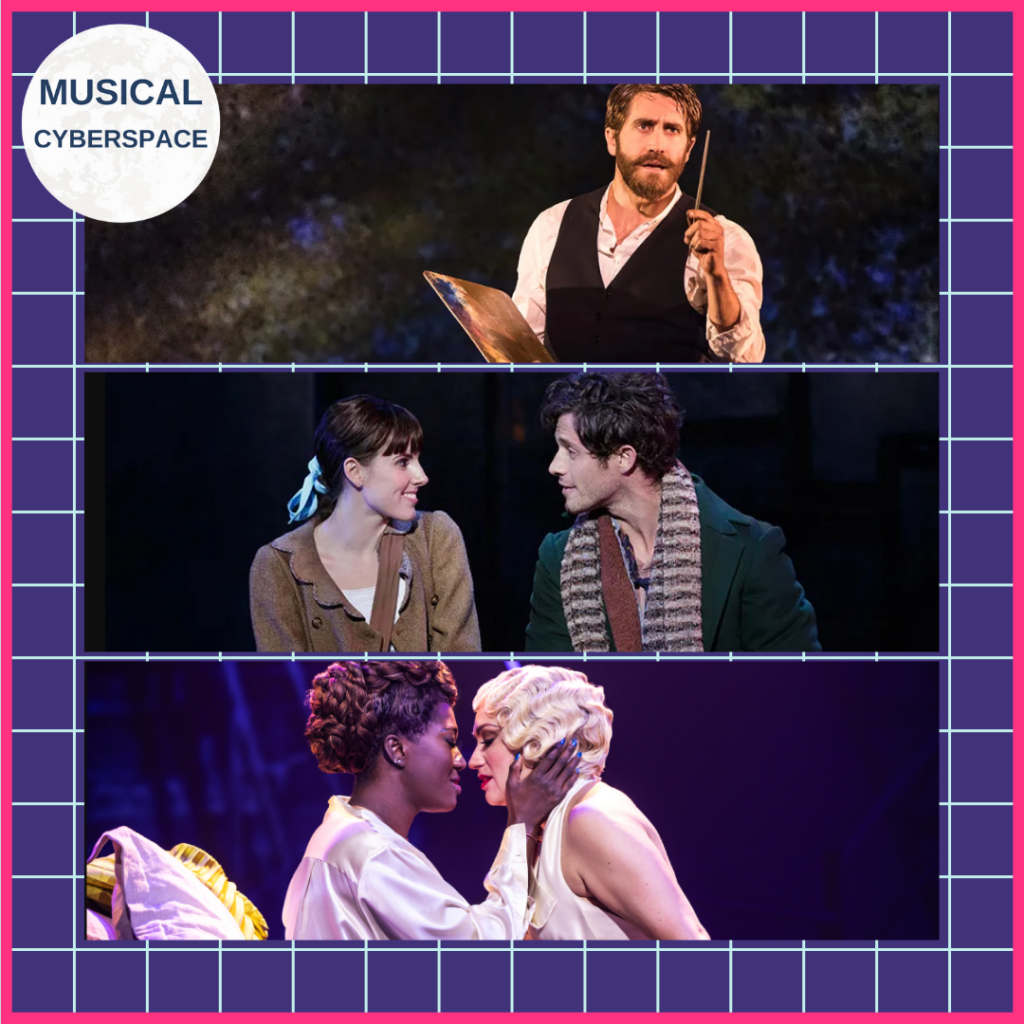
5. Goya: A Life in Song
Has Goya ever really been developed enough for it to be considered a full-scale musical? Perhaps not, but there’s always cause to include a score by Maury Yeston on a list like this. Plácido Domingo, who was a fan of Yeston’s work for Nine, instigated the idea of a musical about Spanish painter Francisco de Goya. The most significant Spanish artist of his time, Goya is often considered to be a transitional figure between the so-called “Old Masters” of art and modern artists. His work, which deals with war, politics, religious corruption and mental health, offers fascinating insights into the world in which he lived and continues to meet our modern eyes with questions and challenges. Goya ended up as a concept album due to Domingo’s schedule and spawned one hit song, “Till I Loved You,” which was released as a single by Barbra Streisand and Don Johnson ahead of the concept album’s release, as well as in two versions with Domingo and Jennifer Rush and Dionne Warwick respectively. Domingo also recorded two further versions of the song, one in Spanish with Gloria Estefan titled “Hasta amarte” and another in Portuguese, “Apaixonou,” with Simone Bittencourt de Oliveira, as well as a full Spanish version of the album itself, titled Goya: Una vida hecha canción. So where does that leave us? Well, there is a fair deal of attractive raw material in Goya from which a musical can be fashioned, but it’s just not quite there. One can envision it as a concert piece and perhaps that is all it will ever be; as such, it makes for a great listen you give the concept album a spin: a musical of the mind.
4. Little Dancer
While not yet attaining its full potential and reach as a musical, Little Dancer still offers a compelling exploration of art and its impact on life. With music by Stephen Flaherty and libretto by Lynn Ahrens, this musical draws inspiration from the iconic Edgar Degas sculpture, Little Dancer of Fourteen Years. Premiering at the Kennedy Center in 2014, the show follows the story of Marie van Goethem, the young ballerina who posed for Degas. Marie’s journey, one of family poverty, her debt to Degas and the allure of wealth, reflects the timeless struggle between life and art. Ahrens and Flaherty, known for their work on Anastasia, deliver memorable tunes like the simply gorgeous “Musicians and Dancers and Fools,” the catchy opening number, “C’est le Ballet,” and a reflective soliloquy for Degas titled “Marie,” which points to the ineffable complexity of his muse. Indeed, it is stylistically more like Anastasia, an accessible and intimate historiographic metafiction, rather than an epic meditation on society like Ahrens and Flaherty’s masterwork, Ragtime. Nonetheless, it remains a poignant exploration of the complexities of creativity and the human spirit and will hopefully find a fully realised place alongside the rest of this formidable musical theatre team’s creations.
3. Lempicka
In one of the first-act songs from Lempicka, “Perfection,” a lyric proclaims ‘we need art that speaks to where we live now.’ That’s clearly what this show, the most recent Broadway musical about a real-life artist, Tamara de Lempicka, a bisexual icon most famous for her stylised portraits, often nudes and often of women, aims to provide to musical theatre audiences of today. The most obvious nod to this ideal is the use of a pop score to tell a story that happens in the past, reaching all the way back to the Russian Revolution, moving through the Art Deco scene of post-war Paris to moments later in the artist’s life that offer a framework to the narrative. It’s an easy choice to force the connection between a story from the last century and today; it is also one that sets up the busy theatrical language seen in the original Broadway production, making a lot of noise through which co-creators Matt Gould and Carson Kreitzer’s words and music have to cut. It’s in moments where the fantastic projection design by Peter Nigrini and the less fantastic choreography by Raja Feather Kelly let the material breathe that the show really has the opportunity to say something, to make a point about being “Unseen” or consider what it means to “Stay.” This show has a lot of valuable things to say, but there seems to be an awful lot in the way of it getting said. Ultimately, speaking to a generation through an artwork takes more focus. While Lempicka certainly has a passionate fanbase, its Main Stem production seems not to have enabled its meaning to transcend toward the universal.
2. The Highest Yellow
If Lempicka attempts to speak to a generation, The Highest Yellow aims to speak to a very specific target audience: its early, defining lyric is ‘You need the dark to make the light lighter; you need the scream to make the quiet hurt.’ With a book by John Strand and a score by Michael John LaChuisa, anyone who isn’t expecting a complex and sophisticated experience might be bewildered by this show, which premiered two decades ago at Arlington’s Signature Theatre under the direction of Eric Schaeffer. The Highest Yellow finds LaChiusa more in the mode of Marie Christine than The Wild Party as it tries to capture in music the kind of brilliance Vincent van Gogh captured in his art. Set in the period after Van Gogh cut off his ear, the piece also observes the world around the artist, dramatising a fictionalised set of circumstances that would lead, in real life, to the painting of (among others) Portrait of Félix Rey. Rey, the medical trainee who treated Van Gogh. In this story, Van Gogh presents the ear to a sex worker named Rachel and a complicated love triangle develops between the three characters. The three roles were played in the original production by Marc Kudisch (Van Gogh), Jason Danieley (Rey) and Judy Kuhn (Rachel), making for a starry, starry night in musical theatre terms. There are some gems in the score, including the title song and Rachel’s “His Heart,” but The Highest Yellow is by no means a show for the masses. Rarely produced, it is a show that deserves more exposure, but sadly, there’s not even a cast recording to lead new ears to engage with it.
1. Sunday in the Park with George
When it comes to musicals about art and artists, the Pulitzer Prize-winning Sunday in the Park with George is the gold standard. In this dazzlingly beautiful musical, Stephen Sondheim and James Lapine piece together the story that could have inspired one of the world’s most famous paintings, Georges Seurat’s A Sunday Afternoon on the Island of La Grand Jatte. Following the first act’s juxtaposition of the rocky relationship between George and a model, Dot, with the painting of the artwork from ‘white. A blank page or canvas’ to its completion through ‘design, composition, tension, balance, light and harmony,’ the second act shifts in time and space to examine similar issues related to art and love in our more recent history, in which George and Dot’s fictional great-grandson, also named George, considers the value of his own art and legacy. In a small conversation with his grandmother, Marie, we see that a world in which people ostensibly ‘do not belong together’ is the same world in which they ‘will always belong together.’ There is so much in this show that is moving and nothing more so than “Sunday”, the song that brings both the first act and later, the show to a close. What makes Sunday in the Park with George so successful is not simply the emotional journey of the characters, its astute observations about art and life or a series of memorable songs; it’s that every element knits together seamlessly. As Sondheim himself believed, ‘content dictates form’ and ‘God is in the details.’
Final Thoughts
And there you have it: our journey through some of the most memorable musicals about artists and their masterpieces is at an end. Through stirring songs and captivating narratives, each musical offers a unique and enchanting glimpse into the world of creativity and passion. And although its time is coming to an end, let’s not forget to celebrate the Broadway production of Lempicka. If you find yourself in New York City before its closing next weekend, be sure to catch the show live on stage. Whether you’re a seasoned theatregoer or a newcomer to the world of art-themed musicals, let’s raise a toast to the power of art and the magic of musical theatre – may they continue to inspire and enchant audiences for generations to come!

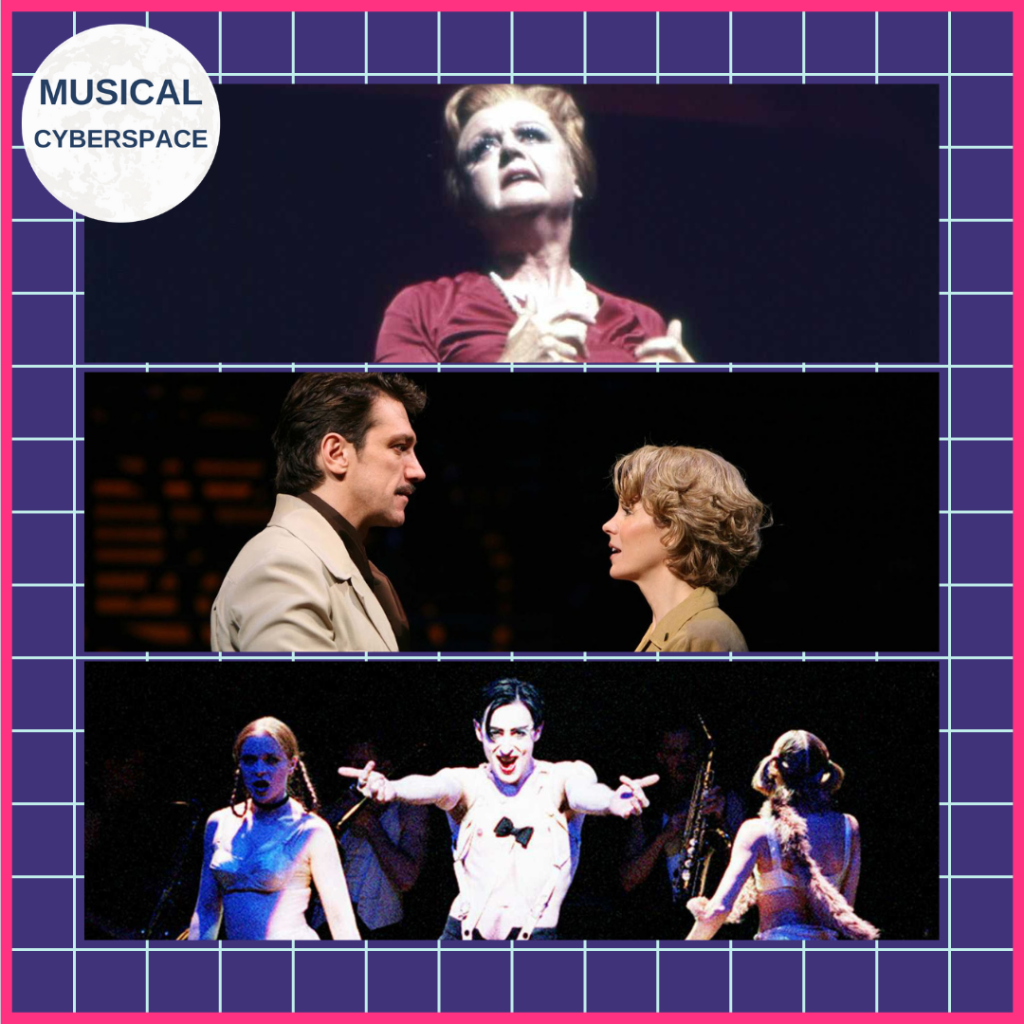
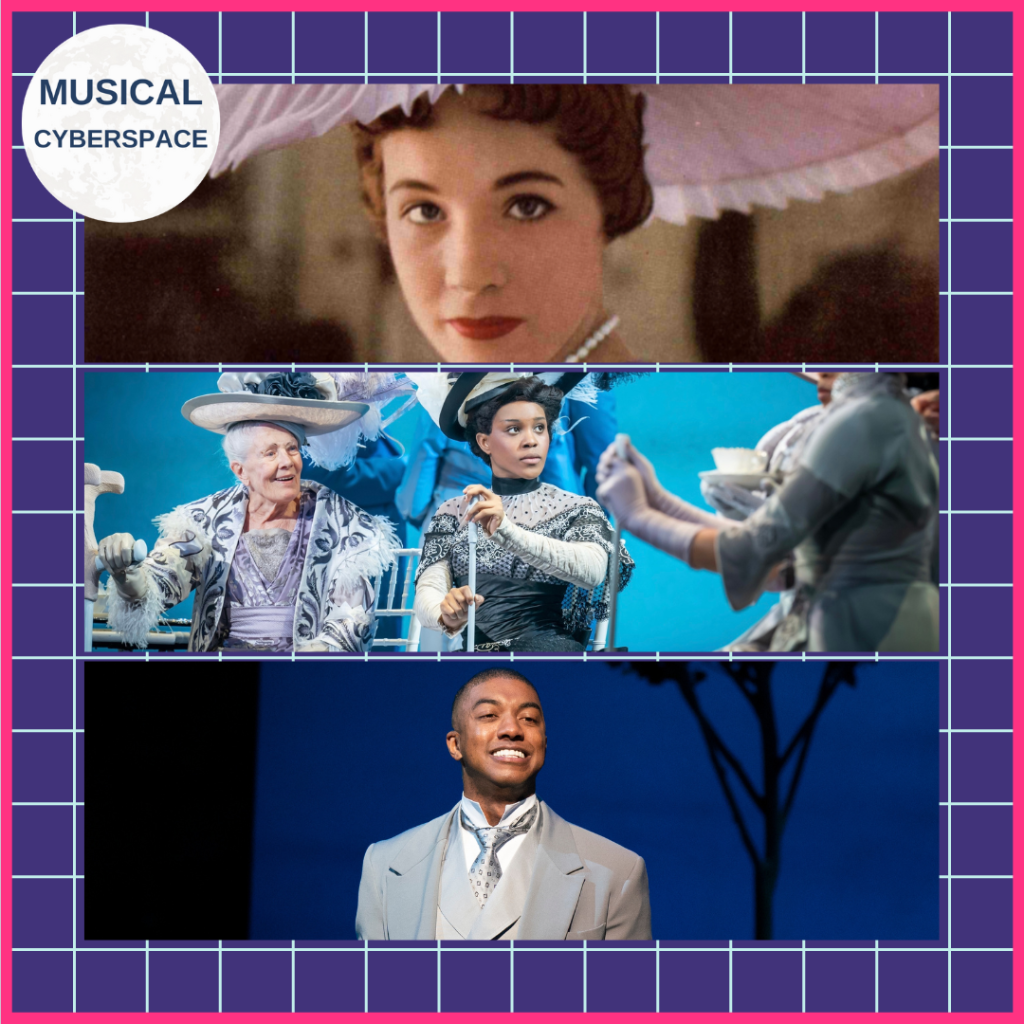
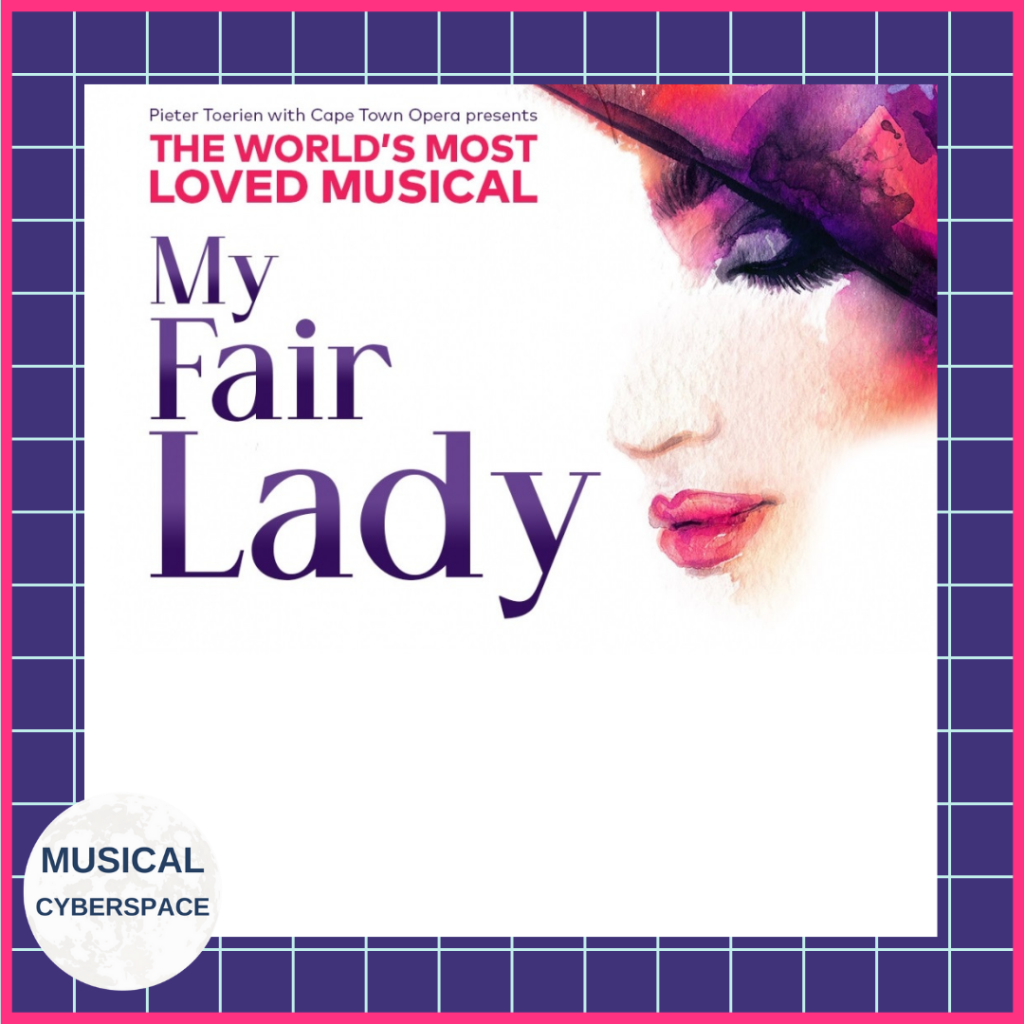
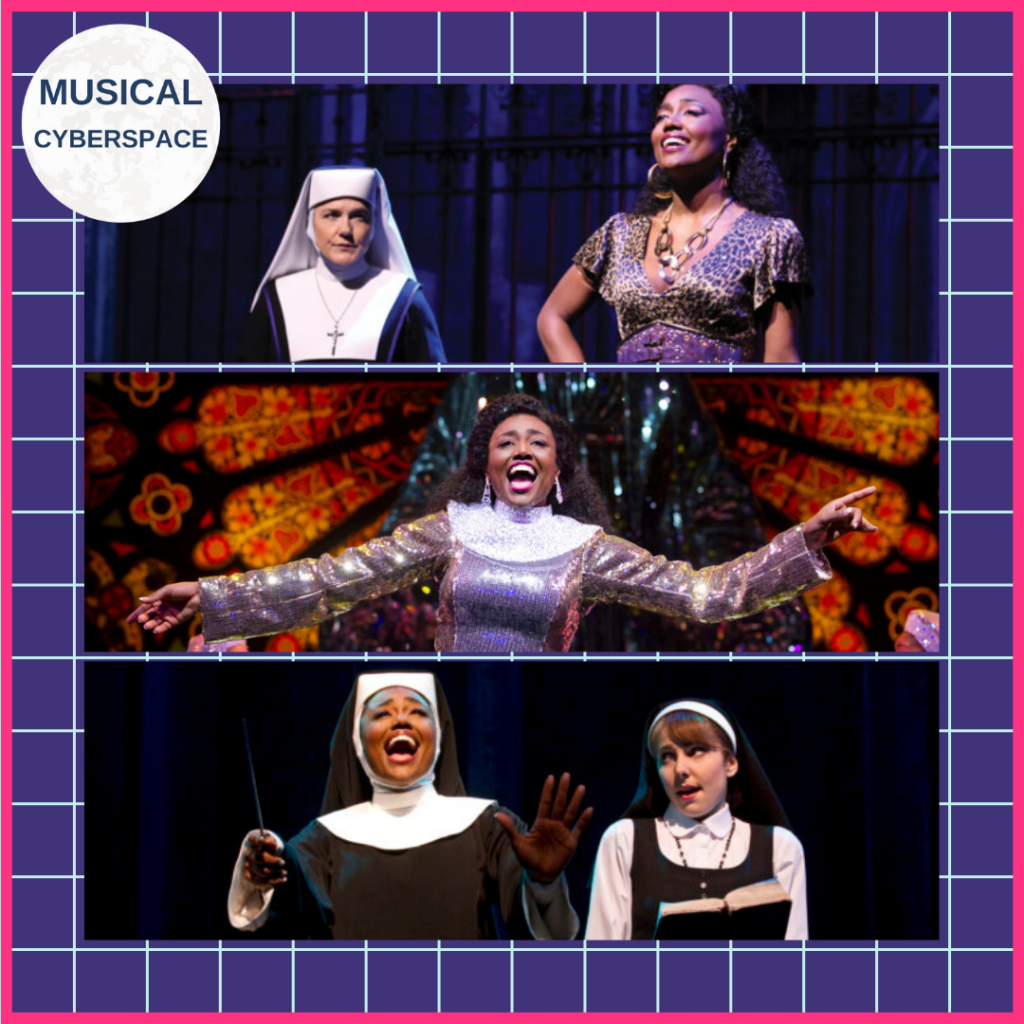
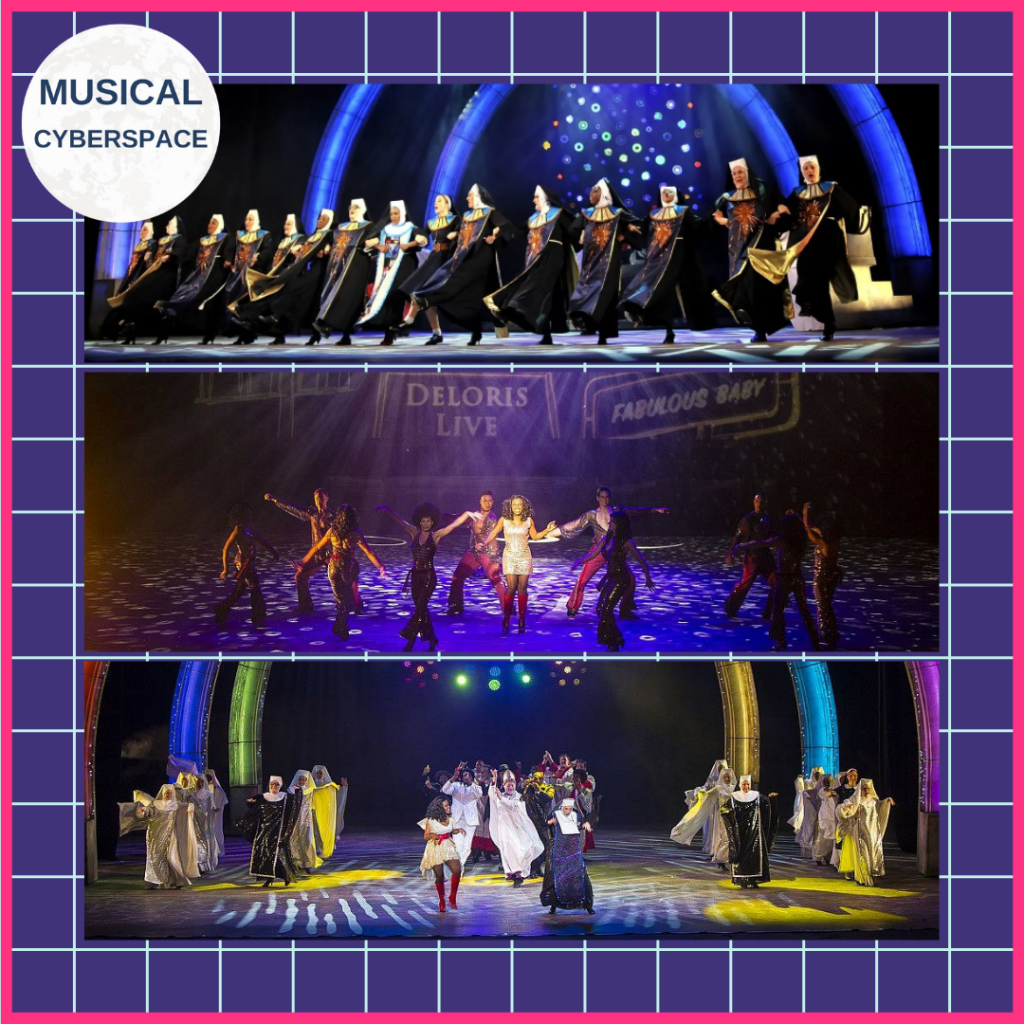
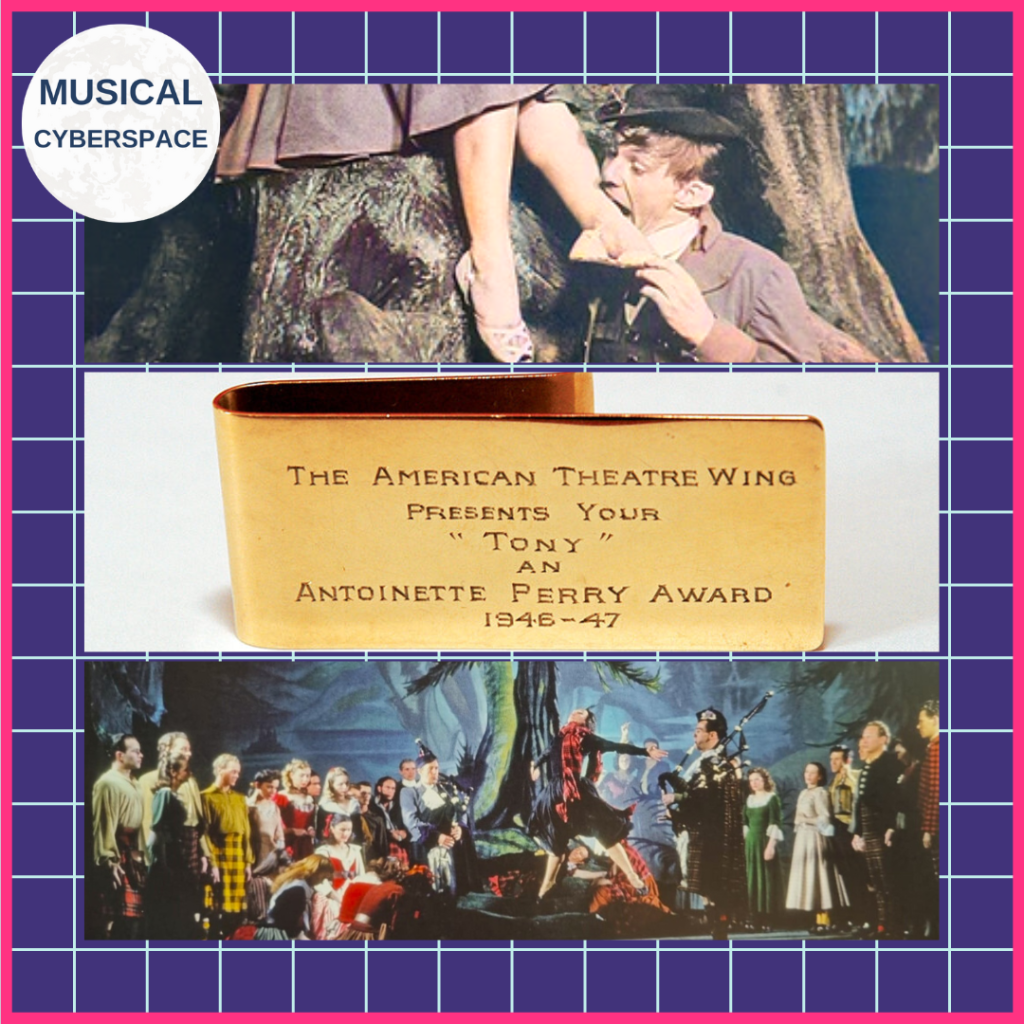

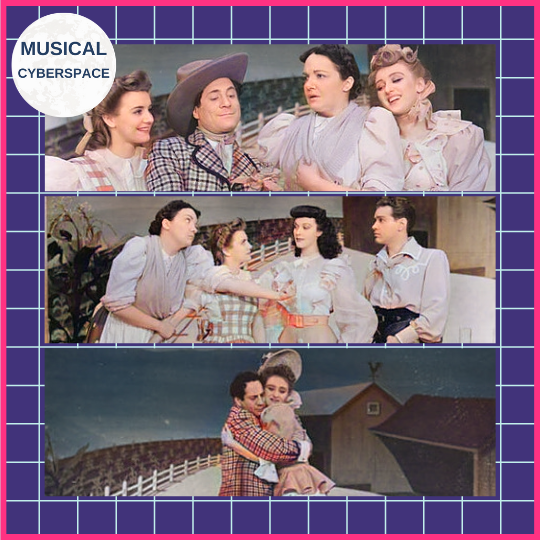
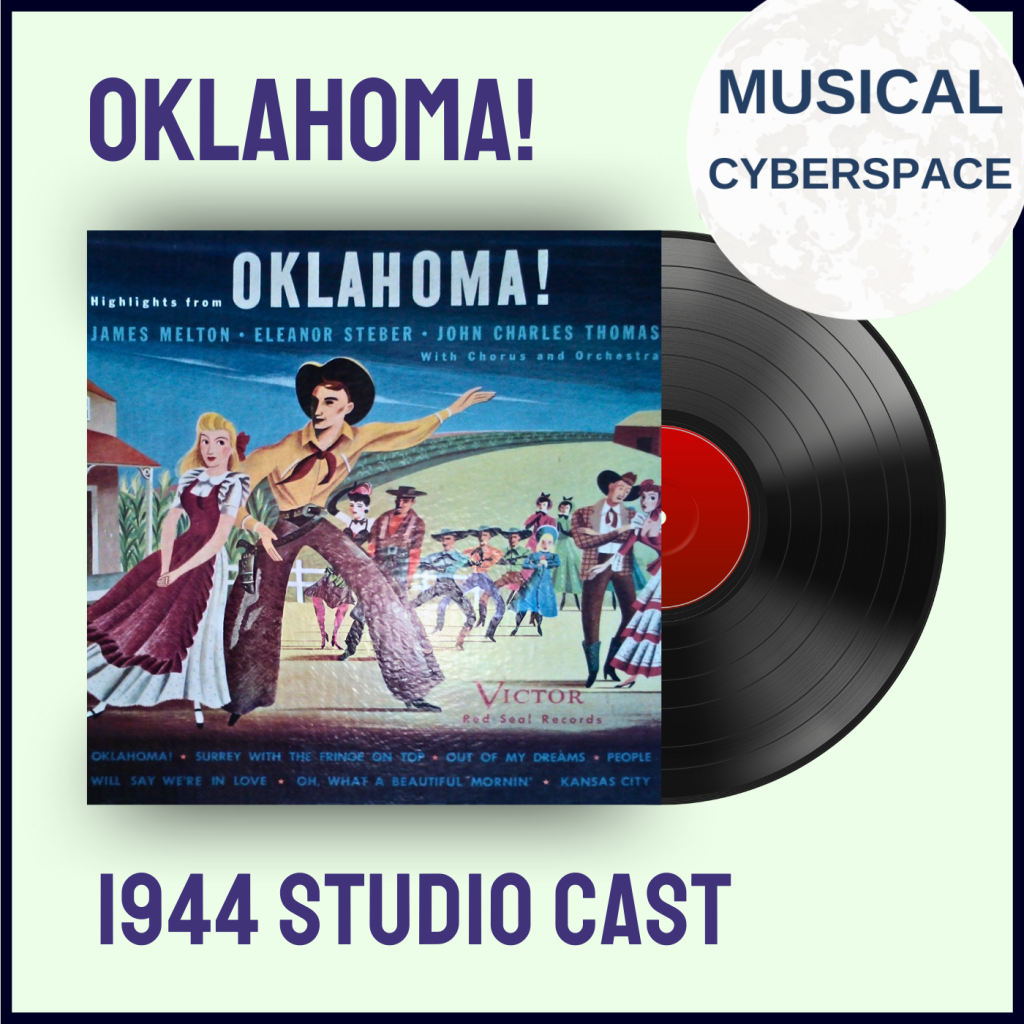


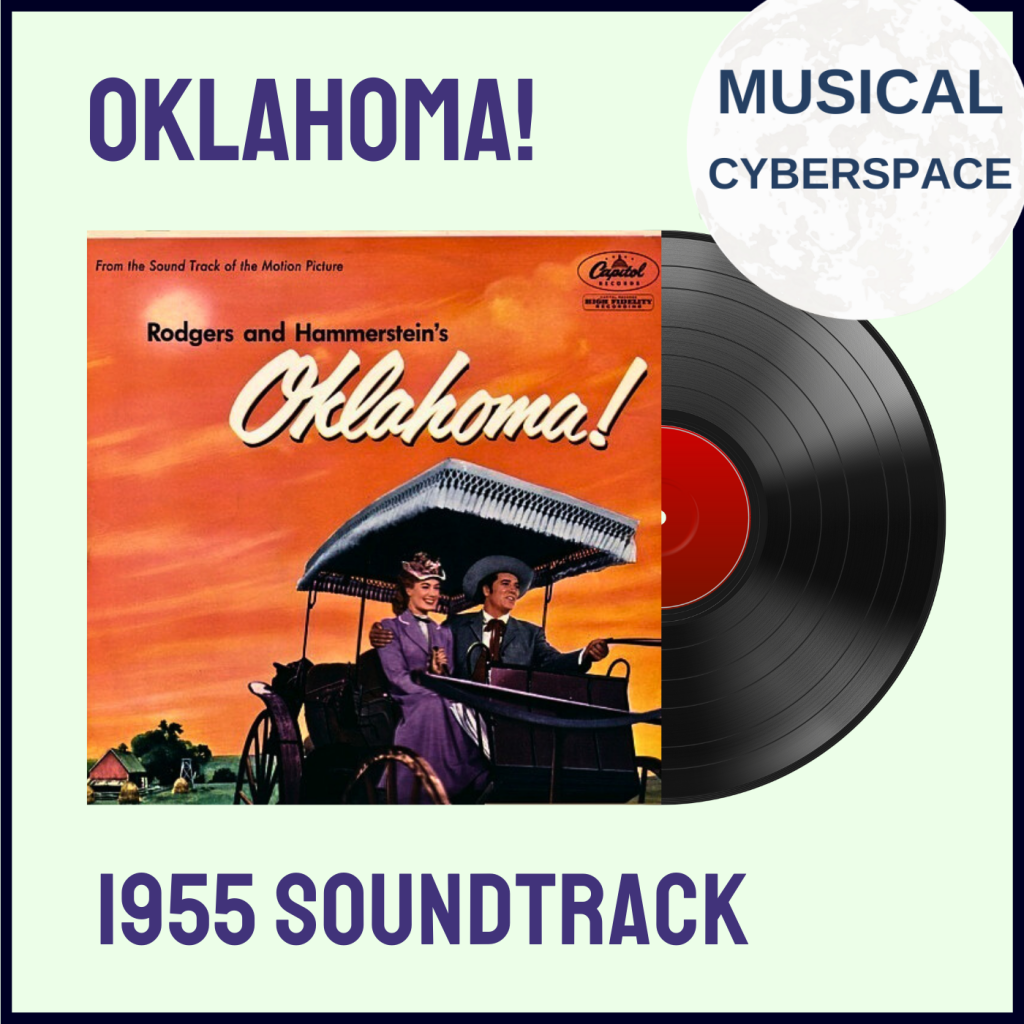
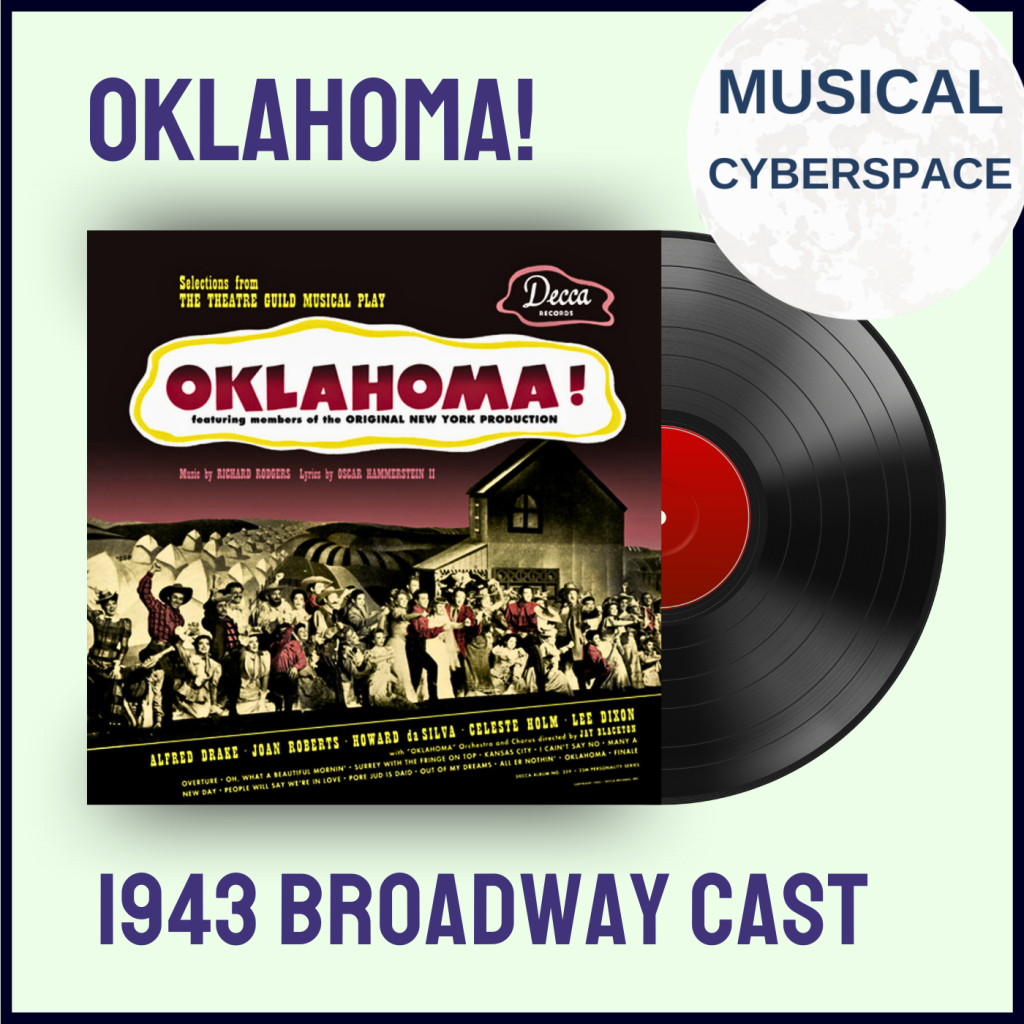
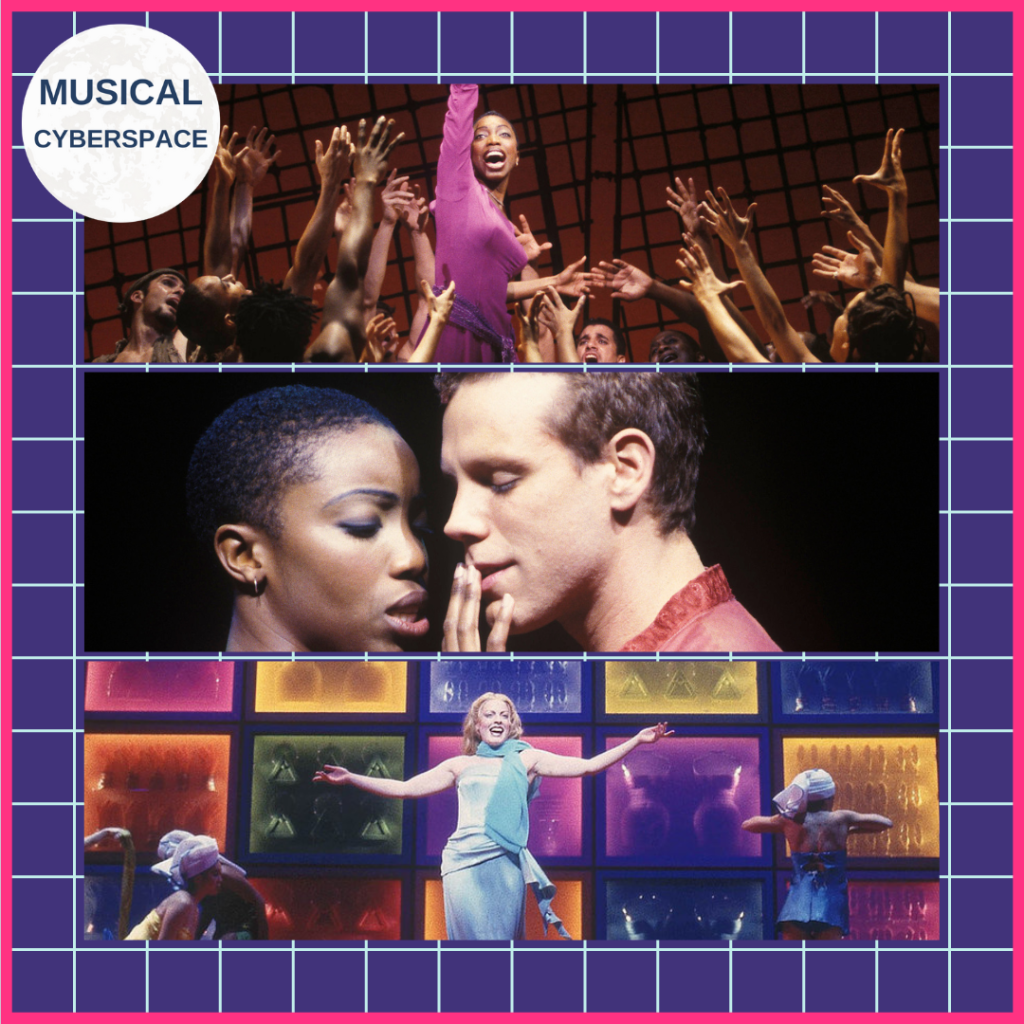



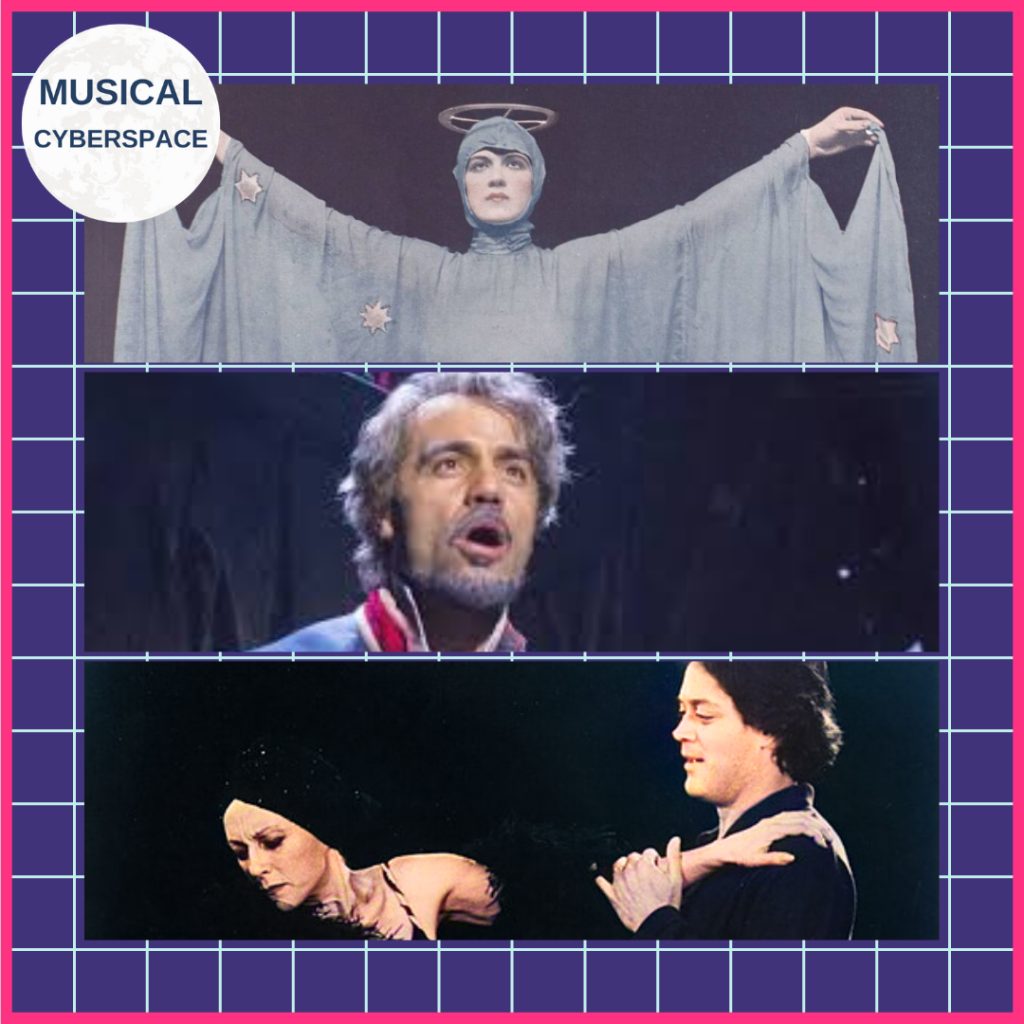
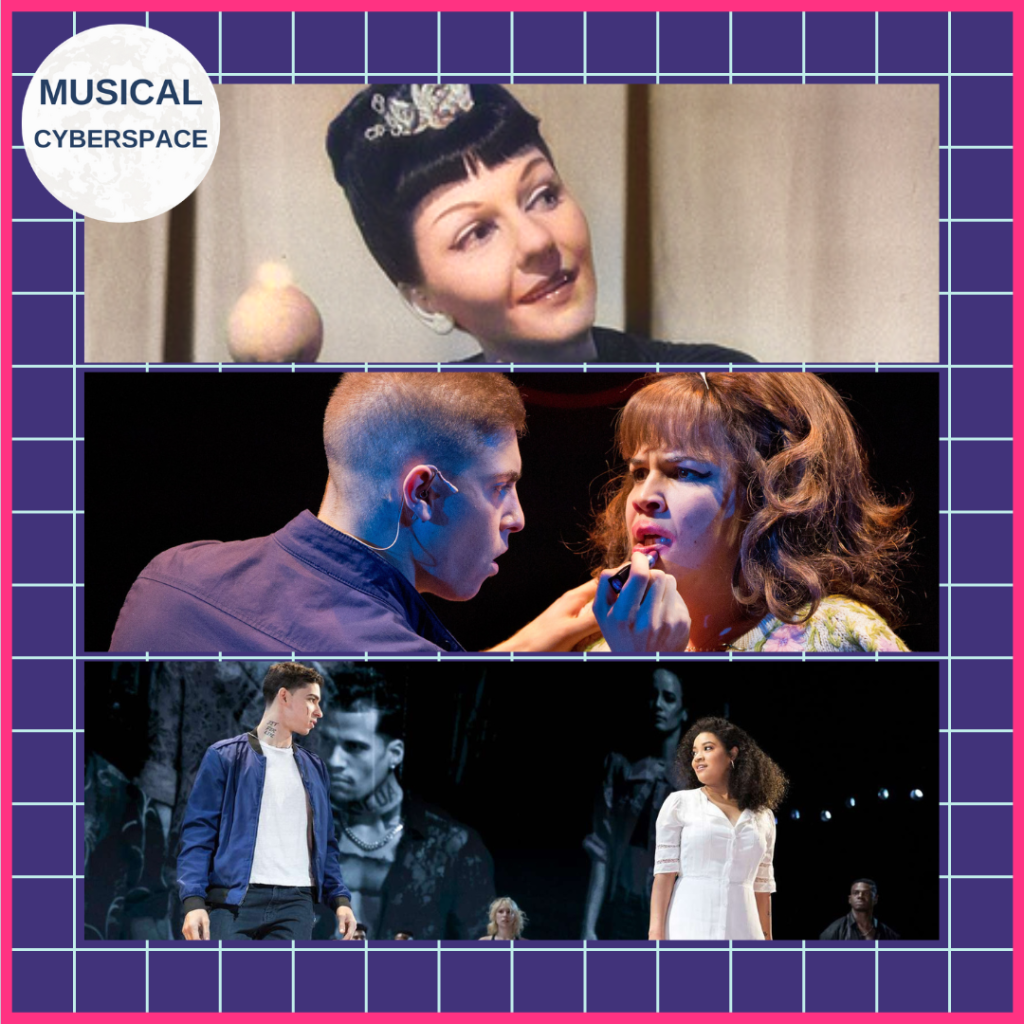
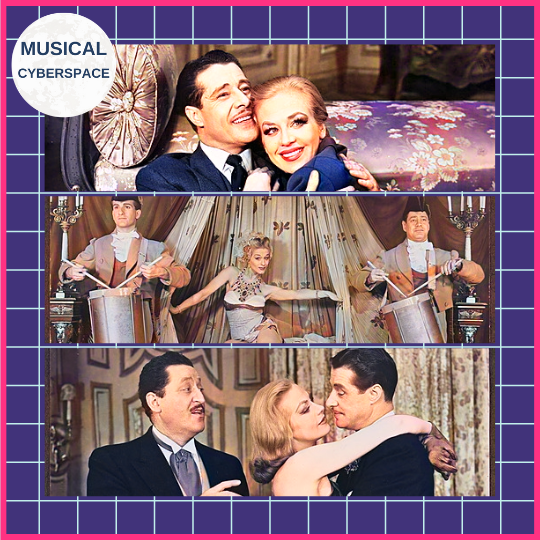
The Saturday List: My Junk is SPRING AWAKENING
Get ready to journey back to the groundbreaking world of Spring Awakening, a modern musical where the show tunes are as haunting as the themes are daring! Since its debut, this Tony Award-winning musical has captivated audiences with its raw portrayal of adolescent angst, sexuality and rebellion against societal norms. But beyond the powerful storytelling and unforgettable songs lies a series of creative moments that have left an indelible mark on the landscape of musical theatre. Bold artistic choices and innovative staging ideas enabled Spring Awakening to move beyond the boundaries of the genre in ways that continue to resonate with audiences today. In today’s Saturday List, we revisit just five of the most creative ideas that helped to solidify this show’s place in musical theatre history.
1. Origin Story, or “[Frank Wedekind] who Bore Me“
The play upon which the musical adaptation of Spring Awakening is based was completed by Frank Wedekind in 1891. Frühlings Erwachen was not, however, performed until 1906, when Max Reinhardt staged it at the Deutsches Theatre in Berlin. Set against the backdrop of the sexually oppressive nineteenth century, the play follows a group of teenagers – primarily Melchior Gabor, Wendla Gabor and Moritz Stiefel – whose journey through puberty leads them to experiences of sexuality, physical and sexual abuse, suicide, pregnancy and abortion. The first English performance of the play was in 1917, at which time New York City’s Commissioner of Licenses through its edgy content and approach pushed the boundaries too far. Everyone headed to court, where an injunction allowed the production to be staged. While the play’s brilliance in its original German form was recognised by critics, the first English production was criticised for its poor translation. Since then, the play has been translated several times; my favourite version is the 1995 Royal Shakespeare Company-commissioned version by Ted Hughes. Almost three decades later, the Hughes translation is still a great introduction to the play for anyone who has no experience of it, or for fans of the musical who want to see just what inspired composer Duncan Sheik and librettist Steven Sater to put their own spin on the story.
2. Anticipating Expressionism, or “All That’s Known“
Frühlings Erwachen anticipated the Expressionist theatre movement that would reach the height of its popularity during World War I. I would never say that Spring Awakening is a work of Expressionism. What I would say, is that Wedekind’s foreshadowing of the movement in his work in general means that some of the movement’s conventions have their foundations in his practice. This makes a basic knowledge of Expressionism in the theatre useful to understand the play and its musical adaptation. Back in the day when the online musical theatre forums reigned supreme, the glory days of which were already in their decline when Spring Awakening made its musical theatre bow in 2006, the pearl-clutching generation of musical theatre superfans lamented what they perceived to be poorly developed characters, thematic ideas that went nowhere and emblematic characters that should have been fleshed out. I vividly remember one regular poster on the forums referring to the show as pop trash. They simply didn’t get it. Perhaps they were never going to get it. To them, Spring Awakening was innovation without substance; to those of us who loved the show, it was innovation that meant something. People who loved the show understood that musicals could be built in ways that challenged the Rodgers and Hammerstein II model, by drawing on an array of other theatrical influences, just as Stephen Sondheim had done in Company and Follies and theatre-makers of the next generation, like Sheik and Sater, were doing in Spring Awakening.
3. A Fever Dream, or “The Bitch of Living”
The musical adaptation of Spring Awakening is like a fever dream. While it is broadly linear chronologically, its episodic structure and the sometimes casual relationship between the scenes make it feel like a collage with Sater’s book carrying us from song to song. It’s the perfect structure for a play about a group of teenagers who are ‘tossing, turning without rest.’ One of the aspects of Expressionism that Wedekind prefigured was its distorted representation of reality to communicate inner feelings. Sheik and Sater picked up on these impulses: Spring Awakening is less about creating a conventional narrative journey than creating states of being. The songs are like rabbit holes that take us deep into each character’s personal Wonderland, landscapes full of beauty and horror. We learn about “The Song of Purple Summer” and “The Mirror-Blue Mind,” about “The Dark I Know Well” and “The Word of Your Body,” and every moment gives us insight into a particular character’s experience of a situation. In its avoidance of traditional character development over the show, Spring Awakening acknowledges that in life, experiences are fragmented in the context of a single life and of a community. The show proposes that we should see a story about people who are ‘broken inside’ in a broken way and in this way, delivers to us a key we can use to unlock our own souls.
4. Microphones and Stereos, or “My Junk”
One of the most controversial staging choices in the original production of Spring Awakening was the use of hand-held microphones, an anachronous prop in a nineteenth-century setting. The show’s most eager critics decried how random this appeared and chalked it up as an empty nod to pop culture and a shallow way of making the show’s issues feel relevant today. There’s just more to it than that. In Expressionist drama, the action is seen through the eyes of the characters and, therefore, seems distorted or even dreamlike. Wedekind’s use of this technique was another way he preempted the genre, evident in Spring Awakening through a narrative constructed from the collective perspectives of Melchoir, Wendla, Moritz and the gang. Combined with a bit of Freudian theory, we can then begin to understand the use of hand-held microphones as well as the mention of other contemporary objects in the show. Freud’s theory states that our psychological makeup includes the “id” (the fully unconscious part of our mind that contains the drives related to things like sex and aggression and other things repressed by consciousness), the “ego” (the mostly conscious part of our mind that allows us to deal with the world in which we exist), and the “superego” (the partly conscious part of our mind that informs our moral judgments). In Spring Awakening, we see certain songs delving into the characters’ respective ids. These moments are highlighted through the appearance of hand-held microphones and the mention of other contemporary objects. It’s not just about making the issues of “then” seem relevant “now.” There is a central and binding metaphor at work here, in which the teenagers view themselves (in their “id”) as rock stars: free and able to perform with agency. The whole point is that the microphones are incongruent with the reality of the historical period. We are caught in the middle of a fantastical imagining of a world that never was and never can be, that this group of teenagers will never fully attain.
4. Left to Their Own Devices, or “The Guilty Ones”
Teen stories, whether their creators tell them in writing, on film or television or on stage, rely on one central conceit: the adults are notably absent or superficially drawn so that the teens may be left to their own devices. Spring Awakening takes this one step further, with Wedekind in the original play (once again moulding ideas that would feature in Expressionism) and Sheik and Sater in the musical using this technique to couch their critical view of controlling societal structures like the family, education and the church. The adult characters in Spring Awakening are purposeful caricatures, subjectively seen through the eyes of the teenagers and as such, are uniformly punitive, heatless or clueless. It’s a masterstroke to have them all played by the same two actors in the musical and adds to the “us and them” opposition that informs the play’s action: “we, the teenagers are individuals; they, the adults, are all the same”.
Closing Thoughts
It’s time to whisper our way out of our all-too-brief behind-the-scenes exploration of Spring Awakening, a show that has carved out a unique place in the annals of musical theatre history. It’s clear that this musical is a force to be reckoned with as it continues to challenge and inspire audiences with its raw honesty and unapologetic creativity almost two decades after its first performances!